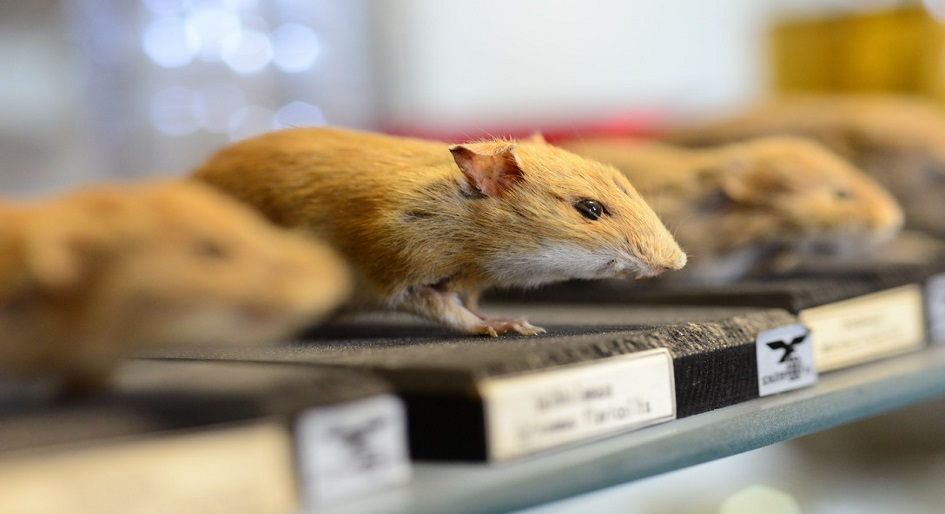Designing and constructing a new building – or even renovating an existing facility – is a great opportunity to create room and expand the business. But as exciting as an expansion can be, it can also determine the future of any business’s pest vulnerability and management program. Therefore, when a renovation begins, it is important to be conscious of the materials used and be mindful of potential pest issues that could occur down the road due to the design of the renovation and current building.
For a building’s pest management program to be effective, it must be evaluated and implemented during the early phases of building design and construction. Renovations can disrupt normal business operations, put regular sanitation schedules on hold, and increase normal traffic flow. Assessing and putting together pre-construction pest management program can help a business get ahead of these disturbances and reduce the likelihood of a pest introduction and infestation.
Building design
From lighting and flooring to airflow and drainage, there are many design aspects that can attract pests. Pests are experts at finding hidden spaces and entryways, so it’s essential to take into consideration a property’s interior and exterior design as construction is underway. Keep in mind these top tips to discourage pests from coming indoors:
- Positive airflow can help prevent pests from being unintentionally sucked into a building. As redesign begins, be sure to structure the building for positive airflow to reduce pests’ likelihood of being blown indoors. Where applicable, air curtains can also be installed on exterior-facing doors and windows to prevent pests from hitching a ride inside.
- Create a barrier around the building’s exterior with gravel or crushed stone at least 60cm wide. Not only does this add a nice look for the building, but it can make it more difficult for pests to sneak inside.
- Choose the building material carefully. Some materials, like stucco, are attractive to pests like termites. Additionally, smooth, flat roofs are breeding sites for flies. It’s also important to research window and screen types to ensure proper pest prevention.
- Avoid rougher, more textured materials on exterior-facing walls and piping. Textured surfaces provide rodents and other pests with footholds they can use to more easily get inside. Smoother, glossier surfaces make it more difficult for rodents to get in.
- Shipping and receiving areas are common entryways for pests. The type of dock and dock lever used could be a welcome mat or a blockade for pests.
- Waste is always a pest attractor. When remodeling, be sure to keep garbage at a distance and design garbage rooms or compactors a secure distance away from product storage areas.
During the planning phase of a new structure, it’s also important to consider how a pest management provider might inspect and treat various areas of the building. Designing for easy inspection can eliminate any additional and unnecessary follow-ups.
Removing pest attractors
Food, water, and shelter can all cause pests. While it is impossible to remove these attractions, incorporating specific design aspects can lessen pests’ desire to come inside.
When installing lighting, opt for reflected light rather than flood lighting, and install lights at least 30 metres away from buildings. Guests will still be able to see, but pests will be drawn to the light rather than the building. Light traps offer pest technicians additional knowledge to better inform pest management practices on how to treat and prevent pest populations. Drainage systems should also be optimized to direct excess water away from the property’s foundation and eliminate standing water, which can attract pests like flies and mosquitoes.
Flooring and doorways can also play a role in pest management indoors. Choose harder materials like tile, wood, and commercial grade vinyl to allow for easy cleaning and protect against pests. Thresholds underneath doors can act as an open door to persistent pests. Keep thresholds flush with doorways to eliminate extra space and stop pests before they travel inside.
Sustainable pest management
Effective Integrated Pest Management (IPM) programs should be implemented as soon as renovations begin to help plan accurate designs and determine the type of materials to be used. Additionally, these programs can help guide buildings to become Leadership in Energy and Environmental Design (LEED) certified. Because IPM programs use the least toxic methods to keep pests at bay, they can reduce the number of chemicals applied around facilities and minimize pest management programs’ impact on the environment.
LEED-certified buildings don’t just use environmentally responsible pest management practices. They can also help businesses save money through special tax deductions and improve reputations among the community.
While renovations are meant to improve a property, understanding how design can impact a property’s pest management program can make or break any renovation.
Alice Sinia, Ph.D. is Quality Assurance Manager with Orkin Canada.




